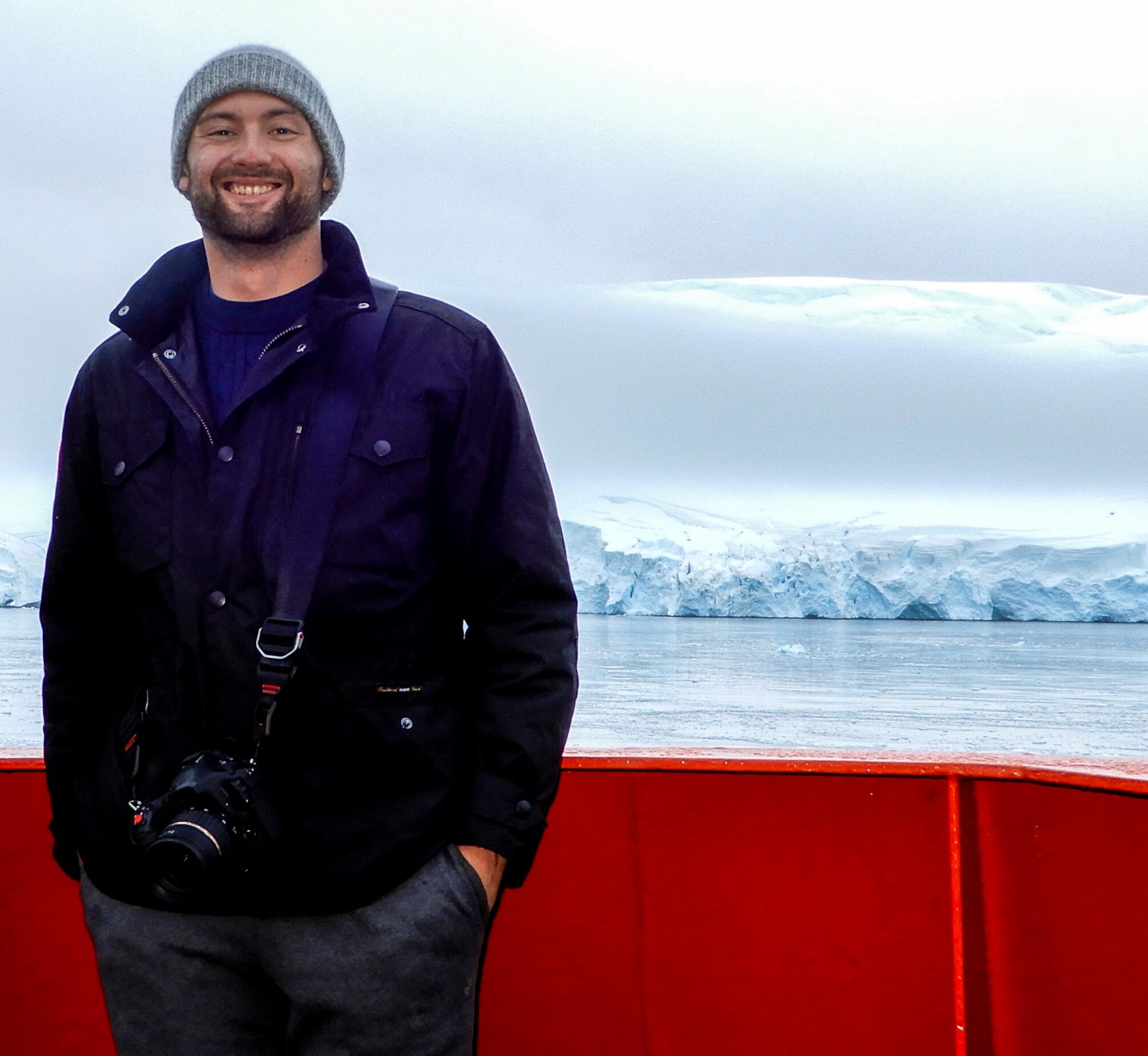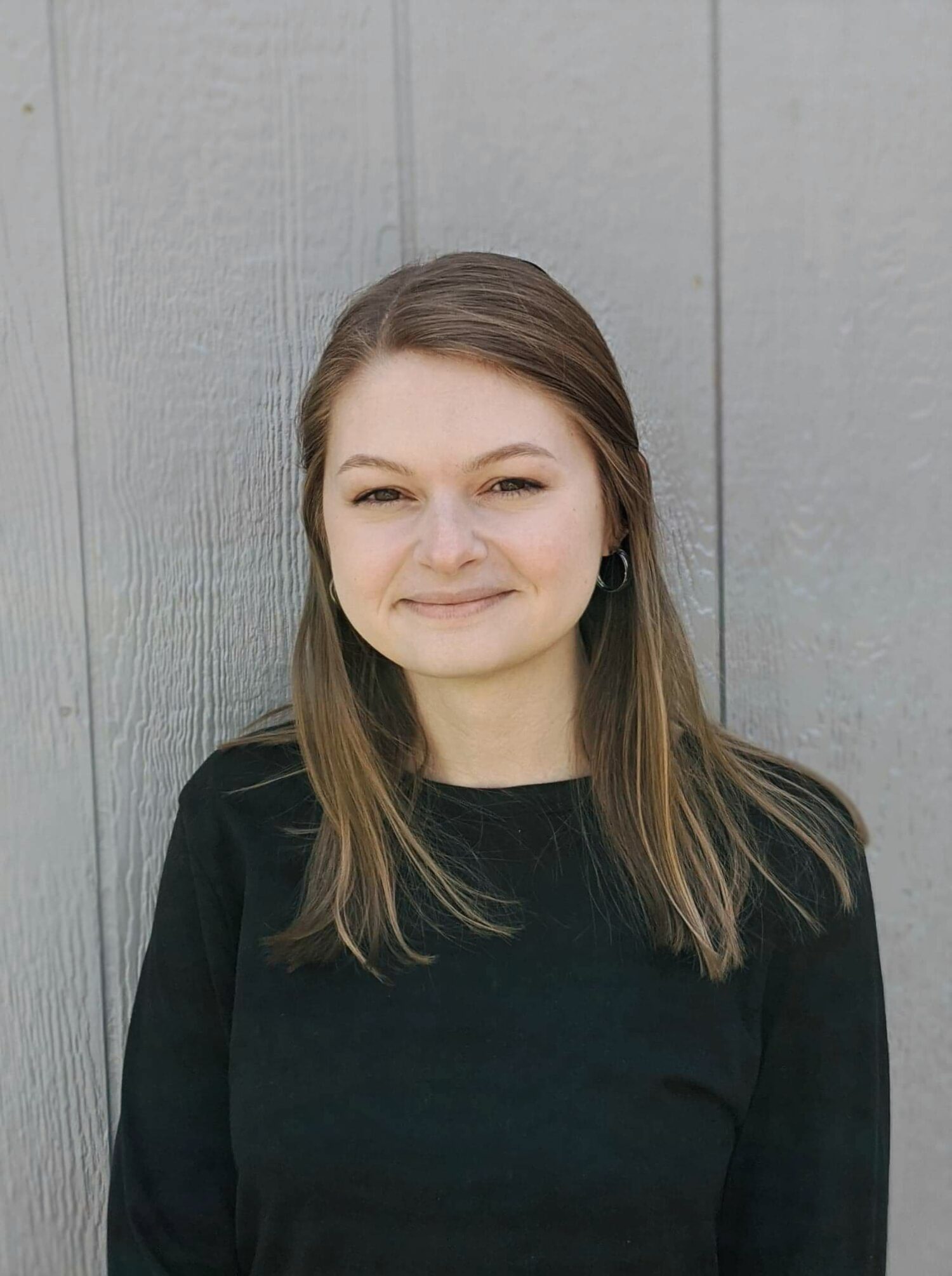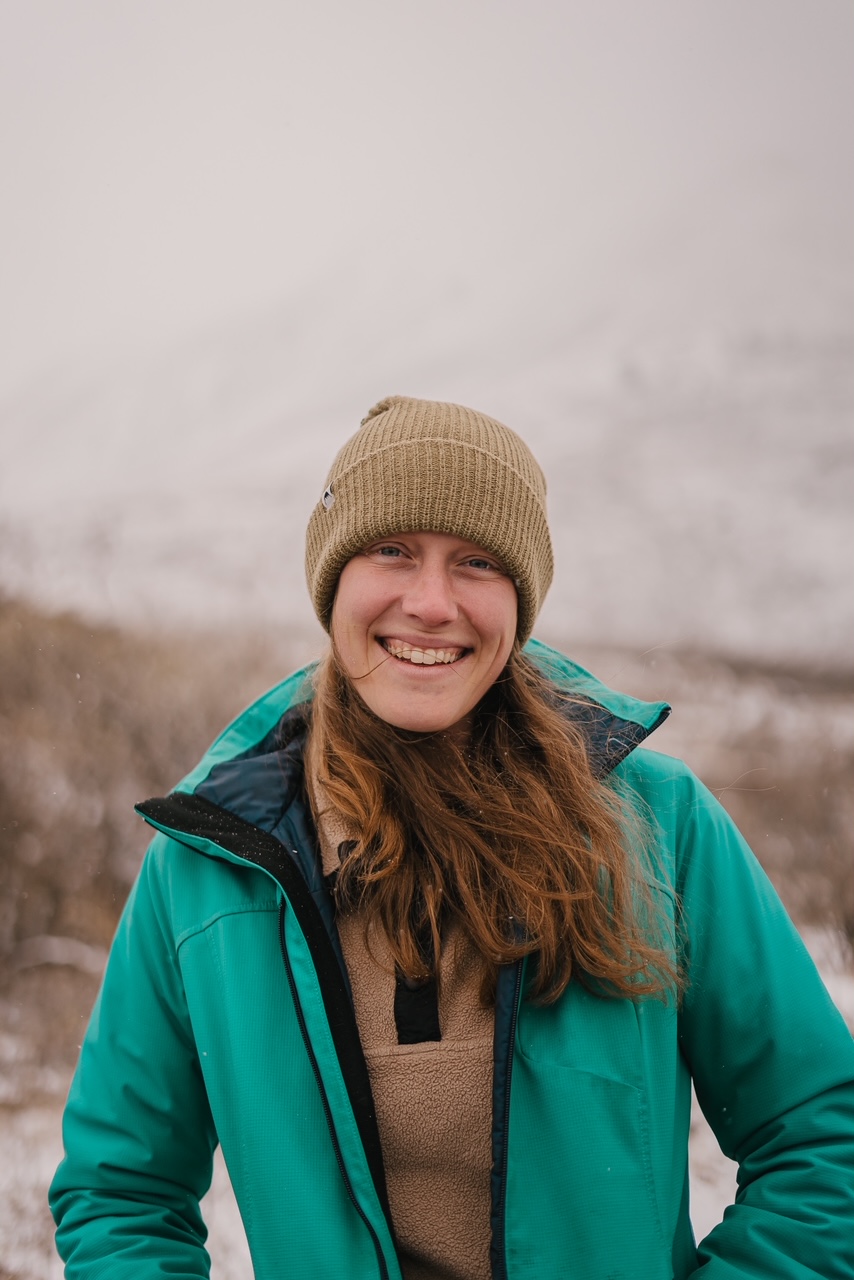The 2022 LTER Photo Contest was a huge success!
Check out all the submissions on our Photo Sharing Website.
Photographers faced stiff competition from submissions around the network, but a few came out on top. A huge thanks to everyone that submitted photos, and also to our judging panel: Marty Downs (LNO), Nick Lyon (LNO), Gabe De La Rosa (LNO), Alex Rose (NWT), Annette Brickley (NES), and Moriah Young (KBS). Judges were tasked with the impossible: to pick a best photo from hundreds of entries! But one shook out at the end of the day.
Winner: Ruby An (ARC LTER)

Second: Andrew Corso (PAL LTER)


“In this photograph, Joe Cope (scientist at the Virginia Institute of Marine Science) and Josh Mitchell (marine technician with the U.S. Antarctic Program) are deploying a net tow off the stern of the R/V Laurence M. Gould in the coastal, ice-covered region along the western Antarctic Peninsula. The tow is one of the sampling methods used by the Zooplankton research component of the Palmer LTER. The net is carefully lowered into the ocean to a depth of about 120m then retrieved.
This sea ice environment is one of the most challenging places to deploy a net tow, as the ice can easily destroy the equipment. Once it is back on deck, scientists led by Dr. Deborah Steinberg sort through the hundreds of captured zooplankton, which often include Antarctic krill, copepods, salps, and larval fishes.
These tows have been deployed in the same area of the WAP for the last 30+ years and their contents contribute greatly to our understanding of ecology, carbon export, and the impacts of climate change in the region. Captured organisms are preserved and stored in natural history collections, so scientists can continue to analyze the data indefinitely.
For more information on this research check out https://pallter.marine.rutgers.edu/ and to read more about the harrowing experience of captaining a large boat through this extreme environment head to https://ocean.si.edu/human-connections/careers/captains-journey-antarctic.”
Third: Kara Dobson (KBS LTER)


“Early morning fieldwork can sometimes have a bright side (literally). For my research, I sample plant chemical emissions from the KBS-LTER’s new rain exclusion + warming experiment, shown in the photo. To sample these plant chemicals, I have to continuously sample the headspace of the plants for 8 consecutive hours to get an accurate reading of plant emissions during the day. This means getting into the field by 7am to begin setting up my sampling equipment. This photo was taken on one such morning, when the sun was just beginning to peek over the tops of our rainout shelters. “
Grad: Abigail Rec (ARC)


“I took this photo while laughing at how accurately the scene encapsulated remote field work in the Arctic. On top of sweaters, coats, and mittens, each member of my field team was haphazardly strapped with awkwardly shaped equipment that refuse to fit in packs. Solar panels and tripods abound, we hiked with 70-lbs of equipment per person up this snow-covered mountain to construct and deploy weather stations, rain samplers, and in situ dissolved oxygen and water chemistry probes. With this data, we hope to understand more about how Arctic stream nutrient concentrations change throughout space and time during the flow season as permafrost rapidly thaws throughout the region. Featured in this photo are Cameron Jones, an undergraduate from Kent State University, and Amelia Grose, a PhD student at Michigan State University.”
Undergrad: Jansen Nipko (ARC)



